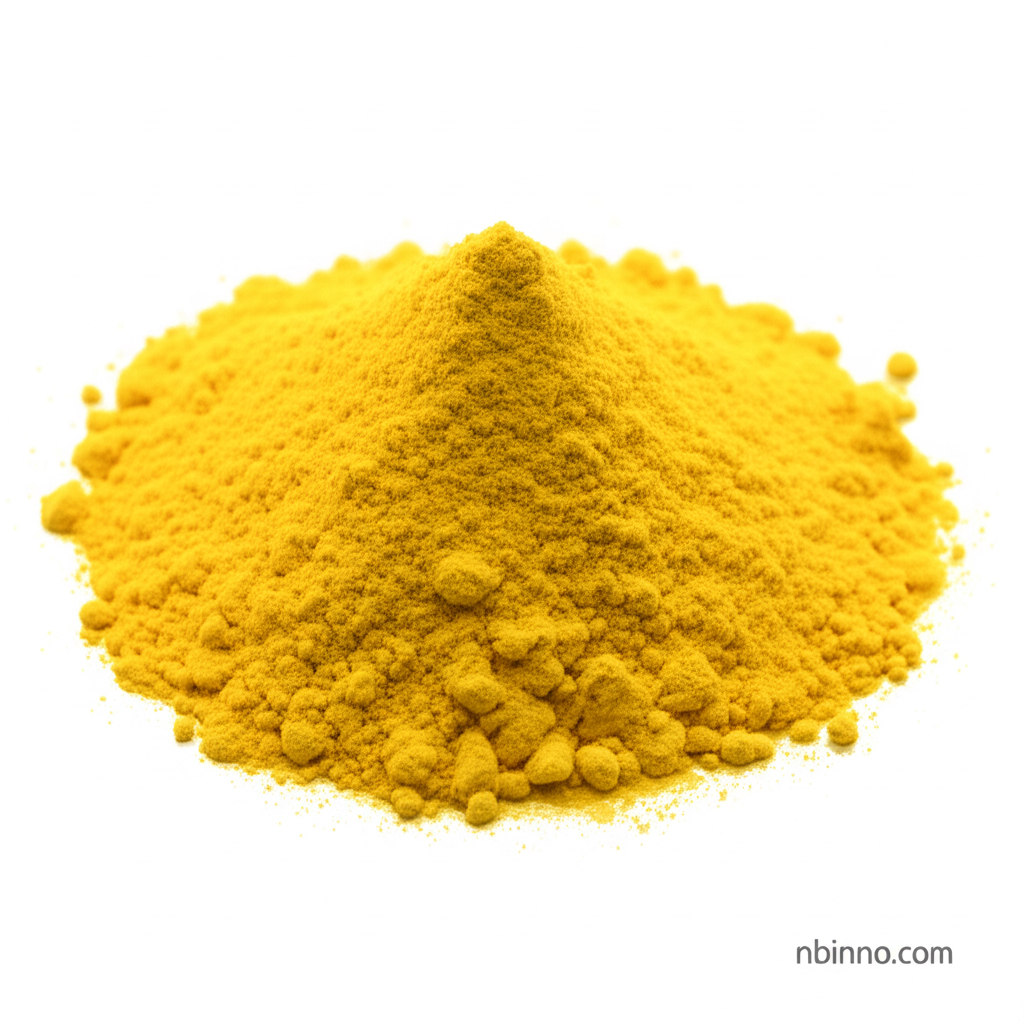Hydridotetrakis(triphenylphosphine)rhodium(I): A Versatile Rhodium Catalyst for Hydrogenation and Hydrosilylation
Explore the key applications and benefits of this essential rhodium catalyst in modern organic synthesis.
Get a Quote & SampleProduct Core Value

Hydridotetrakis(triphenylphosphine)rhodium(I)
This high-purity rhodium compound, known by its CAS number 18284-36-1, is a critical metal catalyst that enables complex chemical transformations. Its distinctive yellow crystalline powder form and solubility in solvents like chloroform and toluene make it user-friendly in laboratory and industrial settings.
- Discover the effectiveness of our rhodium catalyst for hydrogenation of alkenes, a fundamental process in organic chemistry.
- Learn how this triphenylphosphine rhodium complex facilitates hydrosilylation of alkynes, expanding synthetic possibilities.
- Leverage the high purity of this compound, essential for achieving reliable results in catalysis for organic synthesis.
- Understand the applications of metal catalysts in organic synthesis, with this product being a prime example.
Advantages Provided by the Product
Catalytic Versatility
This rhodium catalyst exhibits remarkable versatility, driving both hydrogenation of alkenes and the hydrosilylation of alkynes, showcasing its utility across various synthetic pathways.
High Purity and Consistency
Ensuring high purity is paramount for reliable catalytic performance. This ensures consistent and predictable outcomes when you buy this essential reagent.
Enhanced Reaction Efficiency
The specific structure of this triphenylphosphine rhodium complex contributes to enhanced reaction efficiency, allowing chemists to achieve target molecules with greater ease and fewer side products.
Key Applications
Organic Synthesis
As a cornerstone in organic synthesis, this rhodium compound is employed in numerous reactions to create complex molecular structures.
Hydrogenation Processes
It acts as a potent catalyst for the hydrogenation of alkenes, a crucial step in producing saturated organic compounds.
Hydrosilylation Reactions
The compound is vital for the hydrosilylation of alkynes, a key method for forming carbon-silicon bonds in chemical research and industry.
Fine Chemical Manufacturing
Its specific properties make it a valuable reagent in the manufacturing of fine chemicals, where precise control over reactions is essential.
